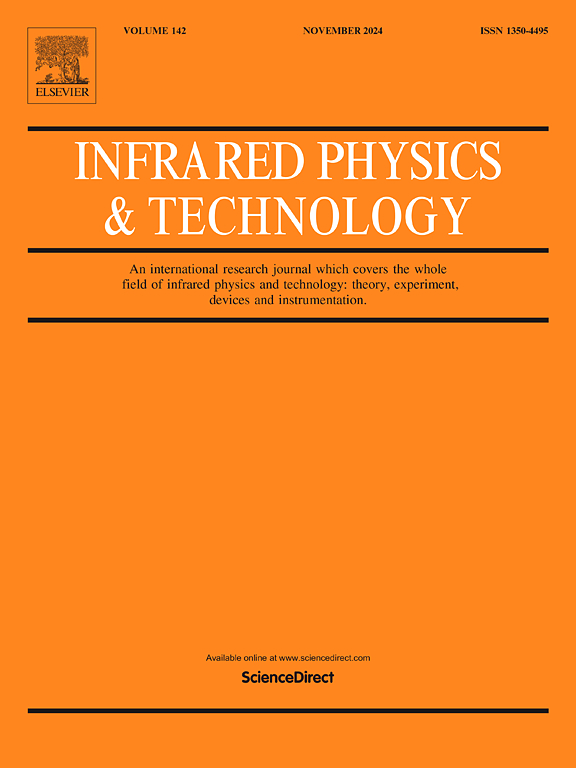ADS-YOLO: An enhanced YOLO framework for high-speed MLCCs defect detection
IF 3.1
3区 物理与天体物理
Q2 INSTRUMENTS & INSTRUMENTATION
引用次数: 0
Abstract
Detecting defects in multilayer ceramic capacitors (MLCCs) is a crucial quality control step. Existing methods failed to overcome the challenges posed by issues such as diverse defect scales and blurred edges. Focus on these problems, this paper proposed an efficient framework ADS-YOLO for MLCCs defect detection. Firstly, we introduced an attention-augmented path aggregation neck (A2PAN) structure to improve the model’s ability to extract and focus on features of varying scales and significant differences, thereby enabling more accurate detection. Additionally, we employed a dual residual head (DRH) design, which can reduce the model’s parameter count while maintaining high detection accuracy, ensuring fast response in real-time detection scenarios. Furthermore, a newly designed scaled-IoU locating loss (SSIL) function, enhances the model’s localization accuracy for complex boundaries and shapes, strengthening its ability to predict asymmetrical defect edges. Experiments demonstrate that the proposed ADS-YOLO achieves 4.1 % improvement of mAP, the model parameters and GFLOPs decreased by 21.6 %. and 19.7 % compared with the advanced object detector YOLOv8s.
求助全文
约1分钟内获得全文
求助全文
来源期刊
CiteScore
5.70
自引率
12.10%
发文量
400
审稿时长
67 days
期刊介绍:
The Journal covers the entire field of infrared physics and technology: theory, experiment, application, devices and instrumentation. Infrared'' is defined as covering the near, mid and far infrared (terahertz) regions from 0.75um (750nm) to 1mm (300GHz.) Submissions in the 300GHz to 100GHz region may be accepted at the editors discretion if their content is relevant to shorter wavelengths. Submissions must be primarily concerned with and directly relevant to this spectral region.
Its core topics can be summarized as the generation, propagation and detection, of infrared radiation; the associated optics, materials and devices; and its use in all fields of science, industry, engineering and medicine.
Infrared techniques occur in many different fields, notably spectroscopy and interferometry; material characterization and processing; atmospheric physics, astronomy and space research. Scientific aspects include lasers, quantum optics, quantum electronics, image processing and semiconductor physics. Some important applications are medical diagnostics and treatment, industrial inspection and environmental monitoring.

 求助内容:
求助内容: 应助结果提醒方式:
应助结果提醒方式:


